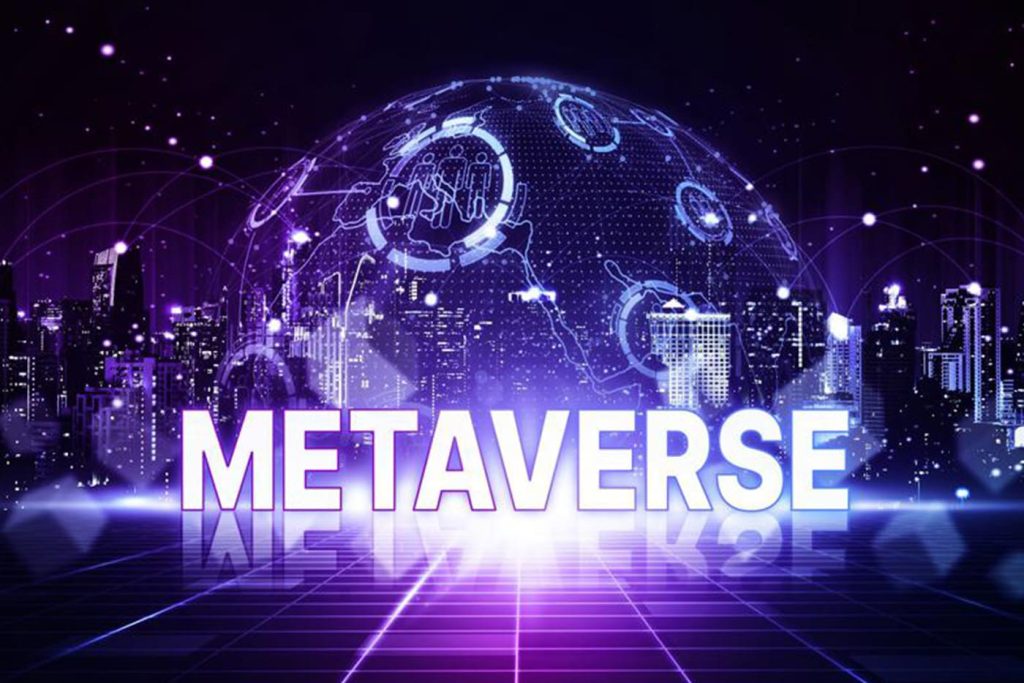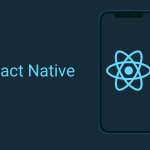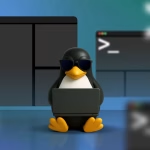The concept of the metaverse has captured the attention of the tech world for several years, promising a fully immersive digital universe where users can work, play, socialize, and create. Yet, as technology evolves beyond current boundaries, a new idea is emerging the multiverse. While the metaverse refers to one shared virtual space, the multiverse envisions interconnected digital worlds that coexist, each with its own rules, experiences, and technologies. For developers, this shift represents both a challenge and a massive opportunity. Understanding the transition from the metaverse to the multiverse is essential for anyone building the next generation of digital experiences.
Table of Contents
Understanding the Shift: From Metaverse to Multiverse
The metaverse is often described as a single, vast digital environment powered by augmented reality, virtual reality, and blockchain. It allows users to interact with each other and digital objects in real time through avatars. Companies like Meta, Epic Games, and NVIDIA have invested heavily in building such ecosystems.
However, the multiverse concept takes this a step further. Instead of one unified digital world, the multiverse consists of multiple independent yet interoperable virtual spaces. These worlds can have different technologies, economies, governance systems, and experiences. The key distinction lies in the idea of decentralization users will move seamlessly between multiple virtual ecosystems without being locked into one platform.
The Role of Developers in Shaping the Multiverse
Developers are the architects of the multiverse. They create the environments, interfaces, and systems that allow people to interact across different virtual spaces. Building for the multiverse will require a blend of skills that go beyond traditional software or game development.
Future developers will need to understand 3D design, blockchain integration, virtual economies, decentralized identity, and cross-platform communication. They must also ensure that these systems are secure, user-friendly, and inclusive. Creating a consistent and reliable user experience across different virtual worlds will be one of the biggest technical challenges in this new frontier.
Interoperability: The Core of the Multiverse
Interoperability is what will make the multiverse function. In a true multiverse, users should be able to transfer assets, identities, and experiences from one digital world to another. This requires standardized protocols for data exchange, digital ownership, and authentication.
Blockchain technology is likely to play a crucial role in this transition. Through smart contracts and non-fungible tokens (NFTs), digital ownership can be verified and transferred securely. Developers working on multiverse projects will need to integrate decentralized technologies that allow for transparent and trusted exchanges between platforms.
The Rise of Decentralized Economies through Metaverse
The metaverse already introduced the idea of digital economies, where users can buy, sell, and trade assets like virtual land, clothing, or art. The multiverse will expand this concept into interconnected digital marketplaces where economies operate across multiple virtual worlds.
Developers will need to design systems that support decentralized finance (DeFi) tools, smart contracts, and secure payment gateways. This also involves addressing issues such as fraud prevention, scalability, and fair value exchange. Developers must ensure that digital transactions are both transparent and user-protective, as digital economies become more complex and valuable.
Building Immersive and Realistic Experiences
The success of the multiverse depends heavily on user immersion. Developers must focus on creating visually stunning, emotionally engaging, and technically smooth experiences that encourage people to explore multiple worlds. This involves combining technologies like artificial intelligence, extended reality (XR), spatial computing, and haptic feedback.
AI can personalize user experiences by analyzing behavior and adapting virtual environments in real time. Meanwhile, advancements in graphics rendering and real-time physics engines will make digital worlds increasingly lifelike. As these technologies converge, the multiverse will blur the boundaries between digital and physical existence.
Ethical and Security Considerations
The expansion of virtual environments introduces serious ethical challenges. Developers must think about data privacy, consent, and digital well-being. In the multiverse, users will carry digital identities and assets across multiple platforms, which means data security must be a top priority.
Ethical design also involves ensuring inclusivity and accessibility. Developers should create environments that are open to all, regardless of physical ability, background, or economic status. In addition, systems must be built to prevent harassment, misinformation, and other harmful behaviors that have become common in online spaces.
Preparing for the Future of Development
As the multiverse becomes a reality, developers will need to embrace lifelong learning. Emerging technologies such as Web 3.0, quantum computing, and advanced AI will shape how these digital worlds operate. Collaboration across industries from entertainment to education and from finance to healthcare will be crucial for innovation.
Developers should also be prepared to work in highly interdisciplinary teams, including designers, psychologists, economists, and legal experts. The multiverse will not just be a technical achievement but a societal transformation. Understanding the human side of technology will be just as important as mastering the code.
Conclusion
The transition from the metaverse to the multiverse represents a major evolution in how we experience digital life. Developers stand at the center of this transformation, tasked with creating interconnected worlds that are secure, fair, and engaging.
The future will not belong to one virtual world but to many, seamlessly connected by the innovation and imagination of developers. Also Check How Blockchain Is Powering the innovation – Ultimate Guide 2025







1 thought on “From Metaverse to Multiverse – Free Ultimate Guide – 2025”